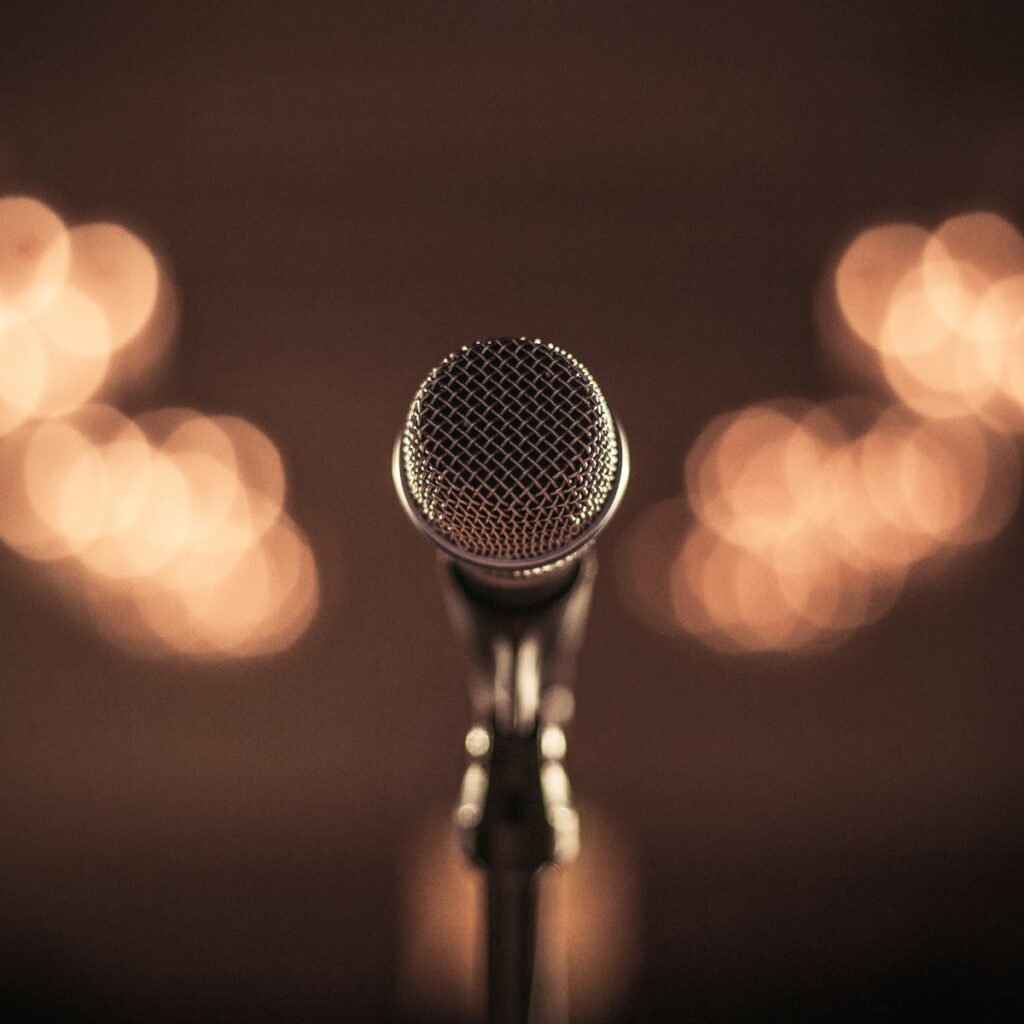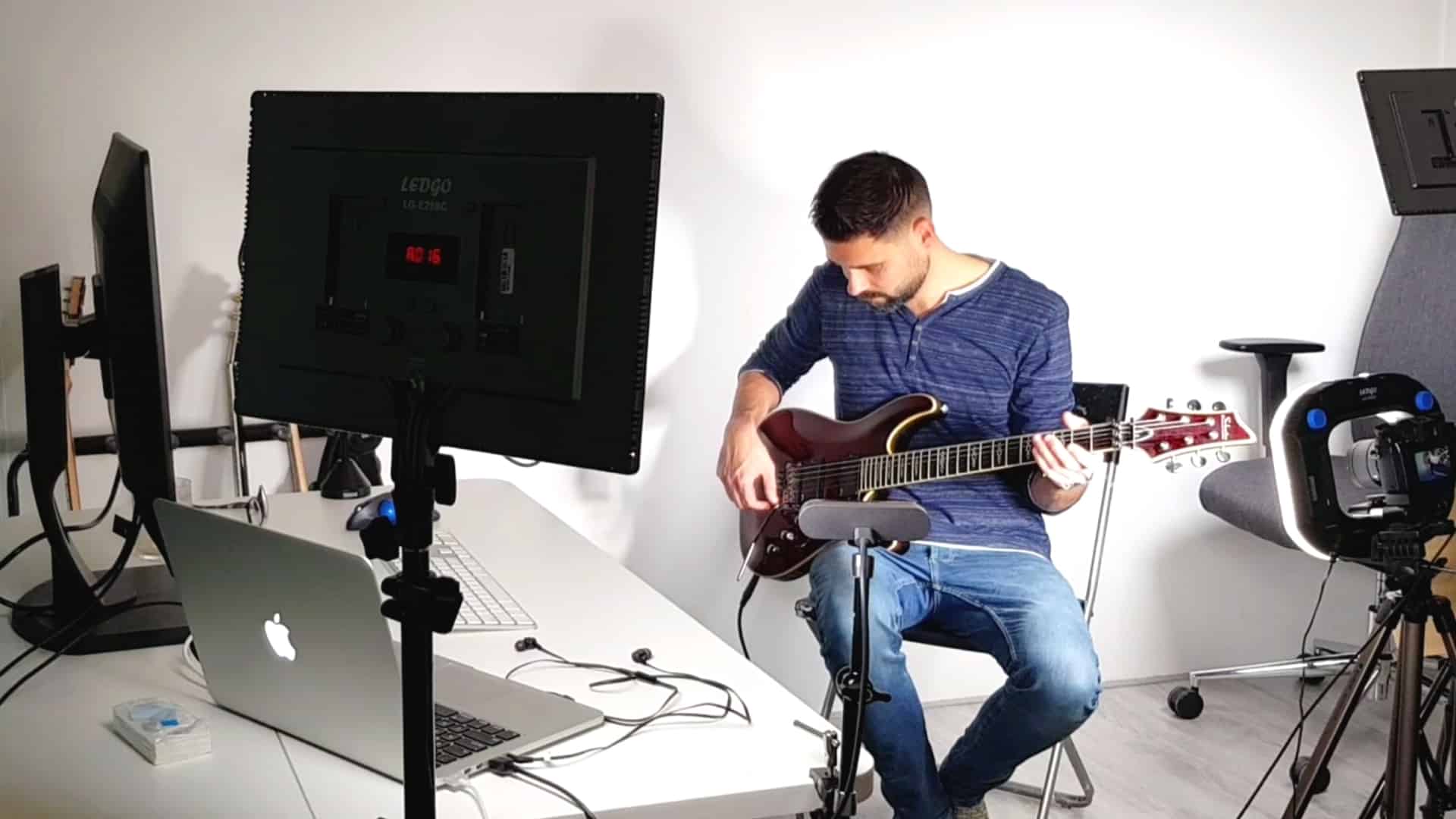Microphone bleed is when you can hear the background noise from the microphone in the recording, also known as microphone feedback or mic bleed. It’s usually a problem with the recording equipment or the environment. So if you’re recording in a room with a fan, for example, and don’t have a soundproof room, you might hear the fan in your recording.
But how do you know if it’s just background noise and not microphone bleed? Well, that’s what we’ll dive into in this article.

What is Spill?
Spill is the sound that’s picked up by a microphone that wasn’t supposed to pick it up. It’s like when your guitar mic picks up your vocals, or when your vocal mic picks up the sound of your guitar. It’s not always a bad thing, but it can be a real pain to deal with.
Why is Spill a Problem?
Spill can cause all sorts of issues when it comes to recording and mixing music. It can cause phase cancellation, which makes it hard to process individual tracks. It can also make it hard to overdub, since the spill from the sound being replaced can still be heard on other channels. And when it comes to live shows, mic bleed can make it hard for the sound engineer to control the levels of the different instruments and vocals onstage.
When is Spill Desirable?
Believe it or not, spill can actually be desirable in certain situations. In classical music recordings, it can create a natural sound between instruments. It can also be used to give recordings a “live” feel, like in jazz and blues music. And in Jamaican reggae and dub, mic bleed is purposely used in recordings.
What Else Can Spill Pick Up?
Spill can pick up all sorts of unwanted sounds, like:
- The sound of a squeaking piano pedal
- The clacking of keys on a bassoon
- The rustling of papers on a public speaker’s podium
So if you’re recording, it’s important to be aware of the potential for spill and take steps to minimize it.
Reducing Spill in Your Music
Getting Closer
If you want to make sure your music sounds as clean as possible, you should start by getting as close to the sound source as you can. This means placing your microphone right up close to the instrument or vocalist you’re recording. This will help to reduce the amount of spill from other instruments and sounds in the room.
Barriers and Blankets
Another way to reduce spill is to use acoustic barriers, also known as gobos. These are usually made of plexiglass and are great for live sound, especially drums and brass. You can also reduce sound reflection in the recording room by draping blankets on the walls and windows.
Isolation Booths
If you’re recording loud electric guitar amplifiers, it’s best to set them up in different isolation booths or rooms. This will help to keep the sound from spilling into other microphones.
DI Units and Pickups
Using DI units instead of microphones can also help to reduce spill. Piezoelectric pickups are great for recording upright basses, while closed shell headphones are perfect for vocalists.
Equalizers and Noise Gates
Using an equalizer to cut frequencies that aren’t present in the intended microphone’s instrument or vocals can help to reduce spill. For example, you can cut all of the high frequencies from a bass drum mic, or all of the bass frequencies from a piccolo. Noise gates can also be used to reduce spill.
The 3:1 Rule
Finally, you can use the 3:1 distance rule of thumb to help reduce spill. This rule states that for each unit of distance between a sound source and its microphone, other microphones should be placed at least three times as far away.
Conclusion
Microphone bleed is a common issue that can be easily avoided with proper microphone placement and technique. So, if you’re recording audio, make sure to keep your mics at a distance and don’t forget to use a pop filter! And remember, if you want to avoid bleed, don’t be a “BLEEDER”! Get it?
I'm Joost Nusselder, the founder of Neaera and a content marketer, dad, and love trying out new equipment with guitar at the heart of my passion, and together with my team, I've been creating in-depth blog articles since 2020 to help loyal readers with recording and guitar tips.

